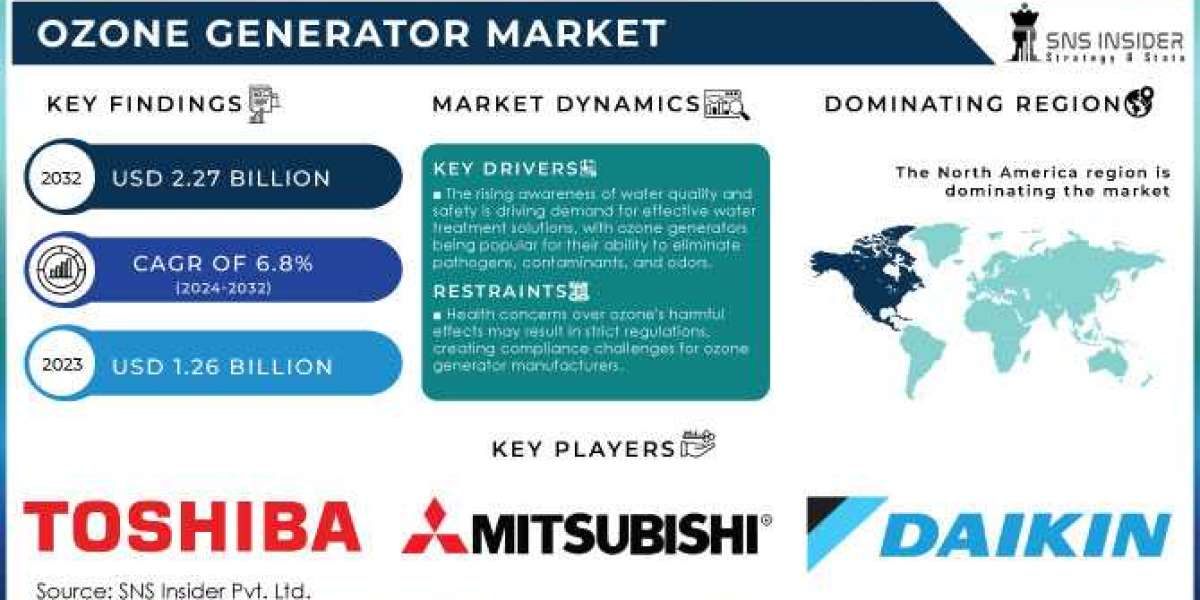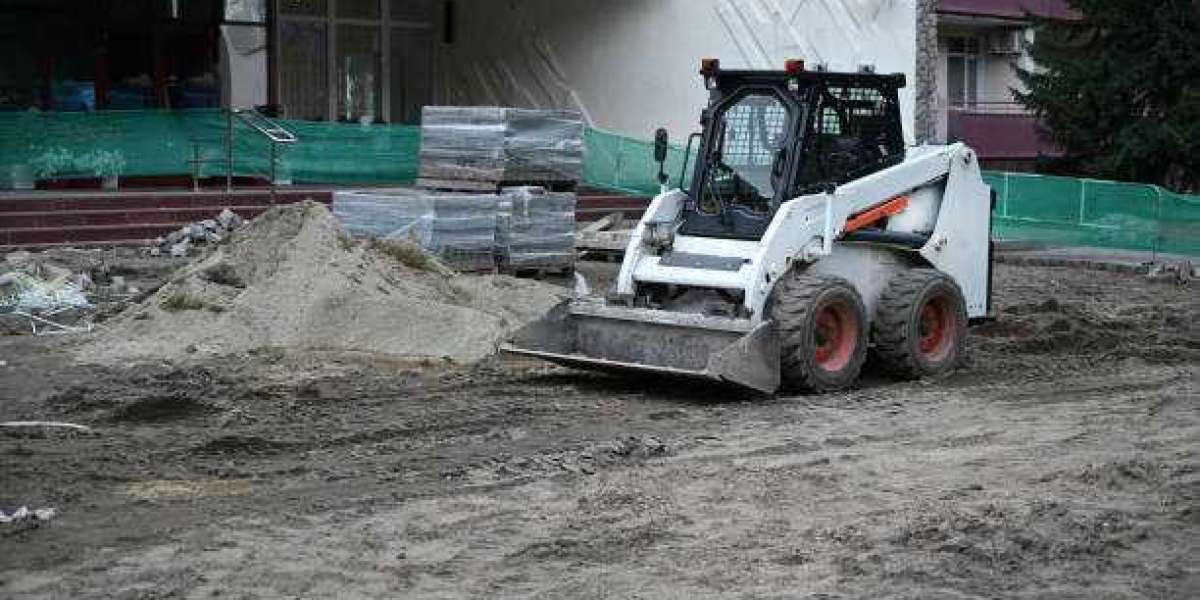Electrochromic windows are an innovative solution in the field of smart glass technology, offering a sustainable way to control solar heat gain and glare. By using electrochromic materials that change their color when an electrical current is applied, these windows can reduce the need for heating, cooling, and artificial lighting in buildings and vehicles. The growing adoption of these windows in architectural designs, automobiles, and energy-efficient buildings reflects their potential to significantly contribute to sustainability efforts. With their ability to improve indoor comfort while saving energy, electrochromic windows are transforming the way we think about building and vehicle design.
The Electrochromic Window Market Size was esteemed at USD 32.47 billion in 2023 and is supposed to arrive at USD 98.91 billion by 2031 and develop at a CAGR of 14.95% over the forecast period 2024-2031.
Drivers:
The increasing demand for energy-efficient solutions, the push for sustainable building practices, and the rise of smart home technologies are the key drivers of the electrochromic window market. Government regulations promoting energy conservation, along with consumer preference for eco-friendly and technologically advanced products, have further accelerated market growth. Additionally, advancements in electrochromic materials, improved cost-effectiveness, and greater awareness of energy-saving opportunities contribute to the widespread adoption of these smart windows in various sectors, particularly in architecture and transportation.
Future Scope:
- Expanding use in commercial and residential buildings to optimize energy consumption.
- Increased adoption in the automotive industry for climate control and privacy.
- Integration with smart home systems for automated light and temperature control.
- Growth in the green building sector, driven by sustainable construction standards.
- Improved affordability and mass production to reach a broader consumer base.
- Adoption of advanced electrochromic materials for faster response times and greater efficiency.
- Integration with renewable energy systems for enhanced building energy performance.
Emerging Trends:
The electrochromic window market is seeing significant technological advancements, such as faster switching speeds and more durable materials that extend the lifespan of the windows. Smart building integration, where windows automatically adjust based on occupancy, light levels, or temperature, is becoming more prevalent. Furthermore, as energy-efficient solutions continue to gain popularity, there is an increasing trend toward combining electrochromic windows with other smart building technologies, such as automated shading systems and solar panels, to create net-zero energy buildings.
Conclusion:
Electrochromic windows represent a major leap forward in sustainable building and automotive design, offering energy-saving solutions while enhancing comfort and aesthetics. As demand for smart, energy-efficient products continues to rise, the market for electrochromic windows is poised for substantial growth. With advancements in technology and increased adoption across industries, these smart windows are set to become a staple in modern architecture and transportation, driving the future of sustainable design and energy efficiency.
Read Full Report @https://www.snsinsider.com/reports/electrochromic-window-market-2530
Contact Us:
Akash Anand – Head of Business Development Strategy
Phone: +1-415-230-0044 (US) | +91-7798602273 (IND)













